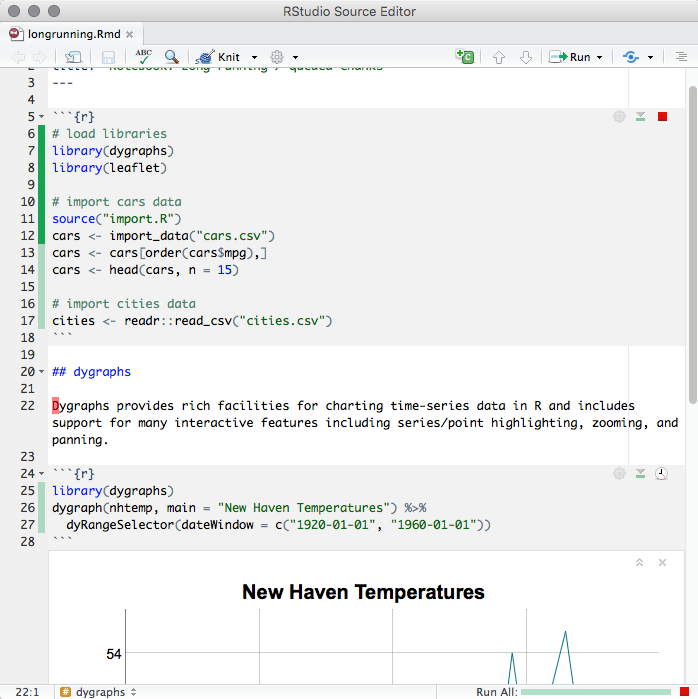

- #How to delete a header in r how to#
- #How to delete a header in r software#
- #How to delete a header in r code#
- #How to delete a header in r series#
When you drag the Script Component to the Data Flow, you will get this dialog. OLEDB Source: DimCurrency from the AdventureWorksDW database The demo package just contains one Data Flow Task The Script Component will create the file. Here are a few printscreens to demonstrate what I mean. The data then flows to a Script Component used as a Destination. SolutionĪs an example I just use a simple Data Flow Task with an OLEDB Source connected to table DimCurrency from the AdventureWorksDW database. So to summarize, both the header and the footer line of the csv file need to contain dynamic content.Īlso each row starts with a ‘row type’: 0 for the header, 1 for every detail row, and 9 for the footer. I am completely stuck with that and no good luck. The last line contains no of row count including header and trailer My problem is that I want to add header and footer in my flat file destination to send it to FTP location format will be I have created my ssis package for flat file destination.

Nevertheless I got this question on one of my previous posts and thought, I might as well create a blog post about it. SSIS again? No I wanted to write a post about something else. Ways to Select a Subset of Data From an R Data Frameįor more information about handy functions for cleaning up data, check out our functions reference.This article wasn’t planned.
#How to delete a header in r how to#
The topics most related to this one relate to cleaning up a data frame: how to remove a column in R and remove rows in R.
#How to delete a header in r series#
This is part of our larger series about manipulating data in R.
#How to delete a header in r code#
flexibility your want when you write your project code and set data frame column names. Just to be sure to think about the balance of speed vs. And as we demonstrated, it isn’t hard to change column names in R. By changing your column names into easily remembered references, you simplify future updates to your projects. Changing column names in your data frame so they are easy to understand can significantly simplify your life.Īnd that concludes our summation of how to rename a column in R. As you move from doing solo projects and projects with highly structured releases to supporting a business team, being able to pass projects to another analyst and quickly resume work from months or years ago is a crucial skill. This is an especially important tip for folks transitioning from academia to industry.
#How to delete a header in r software#
Rename (my_shiny_new_field = names(.)) Why This MattersĪ good tip from traditional software development is that you easily spend as much time reading your code as writing it, particularly when you are working as part of a larger team. We suggest turning the column names into a vector and using the index to select the right name from that vector to rename a column in r. with the more recent releases, you need to use a different approach to get the dplyr rename column by index function to work. You were previously able to directly use column index references in this package. They changed it a couple of releases ago the current syntax is # rename column in r dplyr If you’re working with the dplyr package to manipulate your data, there is a rename function. There’s almost always more than one way to get things done in R. Remapping fields based on name is a much safer way to proceed, of course, if you have time. That being said, this can be an excellent quick and dirty solution for throwaway data hygiene scripts if you’re in a hurry. There is a substantial burden from using a brittle system like column position. Especially when adding new data frame columns and new column names, it is important to keep track of every single column value and character vector properly, or it will be impossible to keep all of the variable names straight in your string or matrix.Īgain, we need to stress the danger of using this approach if you expect to change your data frame design in the future. We can start by changing it to “days” if we were running a complicated experiment, additional description is good- that’s where using R to rename your columns comes in handy.

So, we are going to change that column name to make it more explicit. Then we would have a good start on a mess. Who knows, we might even merge it with other data frame that also has a Time column. The “Time” column name is vague – there are multiple units of time. You can easily load the dataset into R by typing data(ChickWeight) into the R interpreter. As you may remember, the ChickWeight data set includes four existing table columns: We want to make it easier to understand by changing column names in R, and getting rid of anu null value issue or missing values in a column header. For our first example of how to change column names in r, we’re going to use the the ChickWeight data frame and replace values within an existing dataframe column. Let’s take a look at how to change dataframe column names in R.


 0 kommentar(er)
0 kommentar(er)
